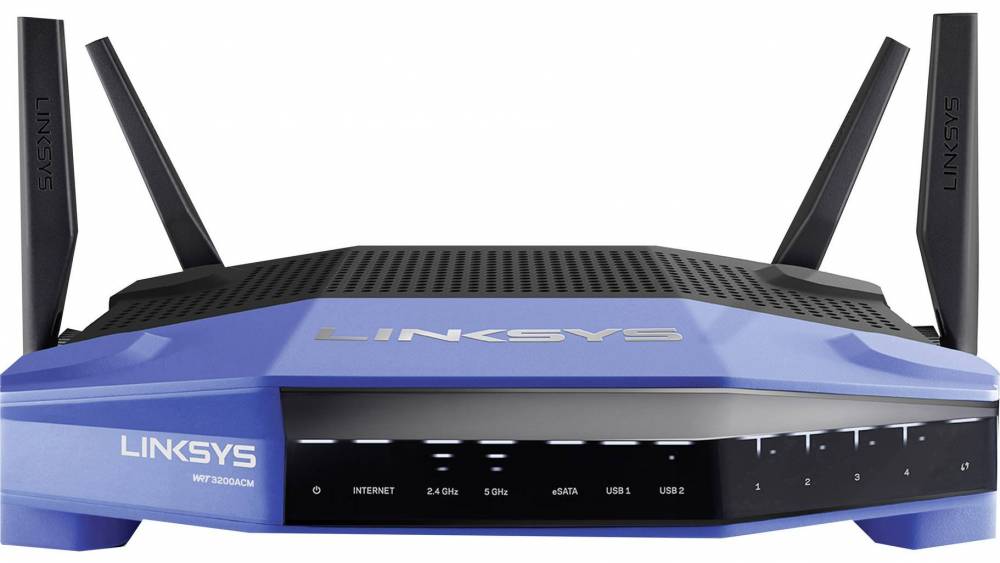
5 reasons your Wi-Fi speed stinks
5 reasons your Wi-Fi speed stinks (and what you can do about it)
If you're tired of slow Wi-Fi speeds but don't want to revert to Ethernet, we've got a few tips for boosting weak signals.
Check your router's eco settings
By default, some routers are configured with their "Power saving" mode enabled. The objective is to save a few milliwatts. Unfortunately, this admirable approach resulted in a disproportionate reduction in bandwidth.
If you prioritize bandwidth over power savings, check the router's settings for "Transmission Power" or other eco modes. Switch them OFF. Additionally, check to see if your router has a "Automatic" transmission setting. You may wish to disable it and operate at "100%" all the time.
Overcome the laws of physics
Unfortunately, physical laws occasionally obstruct adequate wireless bandwidth and signal strength. To begin, the distance between your router and wireless adapter is more critical than you might believe. As a general rule: Simply by doubling the distance between the router and the client, throughput will be reduced to one-third of its original value. A wireless repeater, which will cost between $20 and $100, should significantly boost your signal.
Apart from distance, other wireless signal killers include objects and elements that obstruct throughput, such as water and metal. Water acts as a barrier to 2.42GHz signals, so it may be prudent to remove all liquid-containing objects from your home or office (this includes radiators and flower pots — no joke!). Additionally, ensure that metal objects do not obstruct your router or your clients: this includes metal furniture as well as metal boards, tech gear, and so forth.
Bear in mind that smooth and shiny surfaces reflect signals, resulting in dropouts or massive signal problems.
Upgrade your router's antenna
Packet loss and low throughput are frequently the result of poor antenna design. The good news is that you can upgrade your router's built-in antenna to something much more powerful. It's a minor inconvenience, but it could mean the difference between a slow connection (or none at all) and a lightning-fast connection to your router!
Depending on your setup, you'll want to choose an omnidirectional antenna that spreads the signal throughout your home or a directional antenna if the majority of your devices require high throughput are concentrated in a single room. Binary Wolf's guide to antenna replacement is probably the best and most comprehensive.
Figure out the best spot for your router
Measure the effect of distance, frequency changes, and building structures on signal strength using a Wi-Fi heatmapping tool. NetSpot for Mac and Heatmapper for Windows are two excellent tools for this task. Both tools enable you to monitor your office's or home's Wi-Fi coverage. We're going to demonstrate how NetSpot works in this example: Once the software is installed, enter a new "Site Survey" name and click "Blank Map." Additionally, you can select a floor plan of your home or office to generate an accurate map. Following that, establish the scale by determining the precise distance between two points. Simply click "Let's get started" and walk around. Select the location on the floor plan in which you are currently standing:
Clearly, the more points you scan, the more precise your WiFi heatmap will be. When you're finished, you'll have a map that displays not only the signal strength of your Wi-Fi network, but also its throughput.
Varying CPU frequencies and their effect on wireless signals
Your computer's motherboard operates on the "Gigahertz" frequency range as well. This "noise" is detected by your integrated Wi-Fi transmitter. Regrettably, the more noise there is, the more likely your wireless adapter will automatically reduce bandwidth (by lowering the link-rate and avoiding frequency interferences). Due to the fact that modern CPUs clock dynamically, the Wi-Fi adapter must constantly adapt the link rate, which results in a variation in Mbps but may also result in dropped connections. The Wi-Fi adapter, particularly on laptops, is frequently located close to the memory and CPU bus, which is a major source of contention.
While this is entirely dependent on the design of your Wi-Fi adapter, if these symptoms sound familiar, you may be able to resolve the issue by purchasing an external adapter. Several of these adapters, including my Linksys, include a small stand that is connected via a long USB cable. Placing that much space between the Wi-Fi adapter and the noise generated by your CPU is likely to help significantly. Of course, this is inconvenient when traveling, but it is a viable option at home.
Courses and Certification
Computer Networking Course and Certificate
Windows OS Course and Certificate
Wireless Communication Course and Certificate

